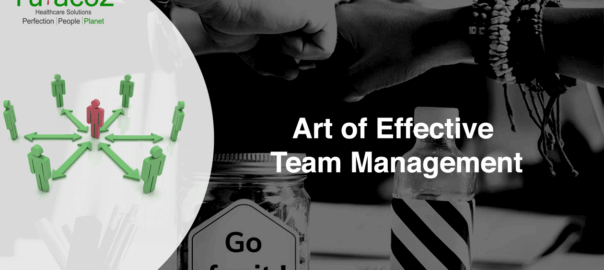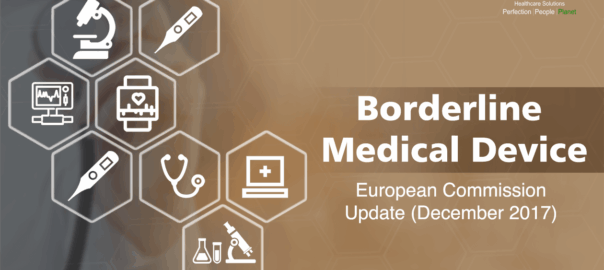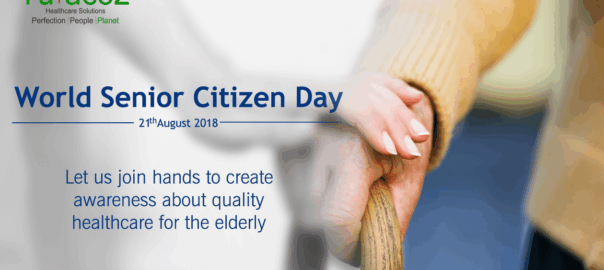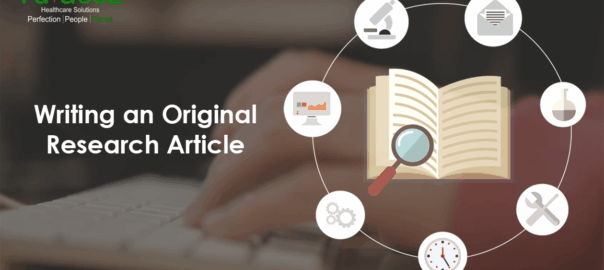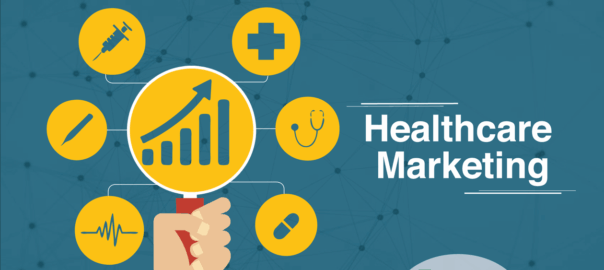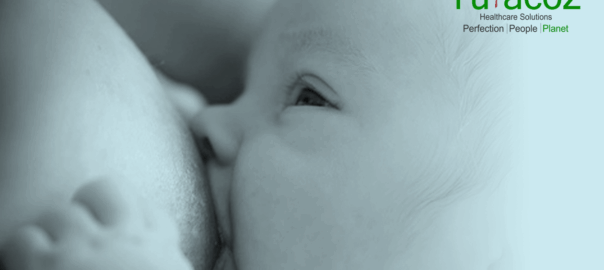Managing a team to success requires more than just simply assigning tasks to individuals. Handling a team can be exciting, rewarding and exhausting. Being responsible for a team of people you have never met before and then being accountable for their development, achievements, and performance can be little petrifying.
So, what does it take to manage the team effectively? Good Leadership! Yes, for effective team management to work, it needs good leadership. A manager must work upon to strengthen the bonds between the individuals in their team and must possess good management skills.
We often hear the terms ‘leader’ and ‘manager’ used inclusively, but there is actually a difference. By definition, a leader is someone who creates the vision, innovates, and focuses on the long-term overview, and a manager is the person who gathers the necessary tools and resources to set, measure, and accomplish the vision. The leader is the one with the people skills, whereas the manager focuses on systems and structures. But away with that — we all know that for a manager to stand out, having leadership qualities is a must.
Being able to communicate well and develop a relationship with all the members of the team is critical for building trust, promoting collaboration, and enhancing teamwork. A team who enjoy working together, is more likely to succeed together.
Here are some tips for achieving a happier and more productive team:
- Being transparent: Transparent working environments have been found to make teams more accountable, happy and creative. Transparent work environments help to develop a feeling of mutual respect between team members and team leaders.
- Keep communicating: The foundation of a cooperative and productive team is good communication. Open and consistent communication at workplace helps employees to feel secure in their positions. In turn, team members feel freer to contribute ideas and suggestions, enhancing creativity.
- Constant feedback: Providing feedback to team members is one of the best ways you can support them to develop professionally and personally. Feedback can be difficult, but it is an essential part of effective team management.
- Encourage collaboration: Team members feel happy if they can get along well with one another & can perform better too.
- Trust your team to do their job: Effective team management shouldn’t mean micro-management. Leaving your team to do their job without you constantly hovering over their shoulder will not only highlight your confidence in them to do a good job, but it will also give you time to complete your own tasks — a win-win for everyone really.
- Recognize achievements: If someone’s doing a good job, acknowledge it. Recognizing efforts illustrates to your team that you are paying attention to them, and that you appreciate their hard work.
- Foster development: Encouraging employees to acquire new or advanced skills, knowledge, viewpoints and ensure that the team members are happy in their roles are crucial factor for the overall growth of business.
Turacoz Healthcare Solutions takes pride in having very effective and efficient team managers who understands the need and expectation of the team members. We believe in supporting all our employees in every way possible. We are a listening organization and continuously working in the lines of perfecting our teams. To work with us please do visit career section.

